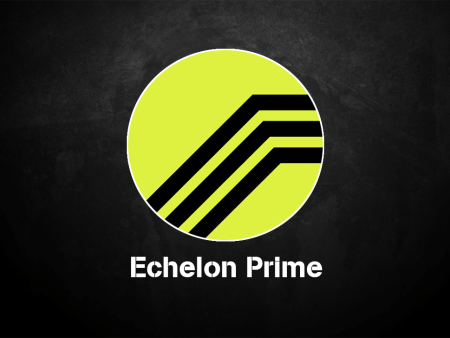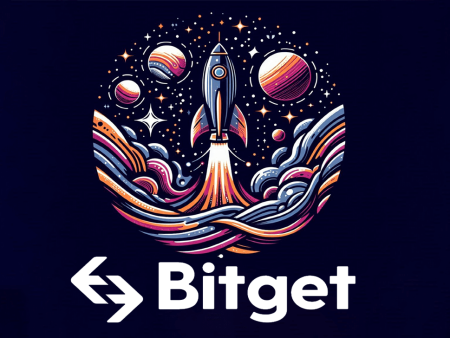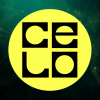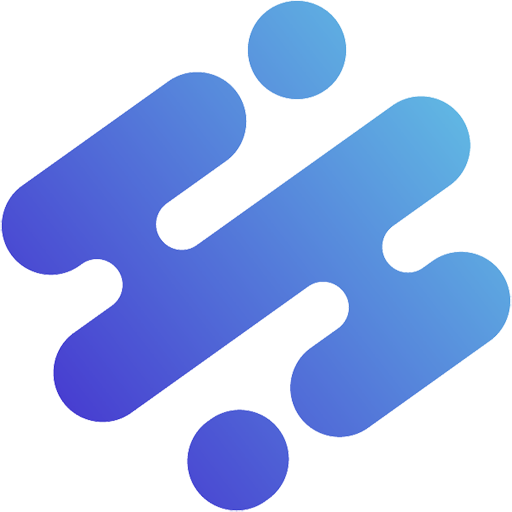Polygon was founded in 2017 with the goal of providing the world with a scalable and user-friendly blockchain platform. The project has been developed by a collective of top talent in the blockchain field and has attracted interest from many investors and the crypto community.
In this article, AZCoin will help you understand Polygon (MATIC) and how it operates to offer a scalable and user-friendly blockchain platform.
What is Polygon (MATIC)?

Polygon (formerly known as Matic Network) is a layer 2 scaling solution for Ethereum, designed to address issues related to scalability, high transaction costs, and slow processing speeds on the Ethereum network.
It functions as a bridge to connect blockchains with Ethereum, enabling transactions to be conducted faster, more efficiently, and at lower costs. This is a significant step forward in solving the technical challenges of Ethereum and bringing the platform to users worldwide.
Polygon founding team
To understand Polygon (MATIC) better, we need to learn about the individuals who created the project and play key roles in its development and management.
- Sandeep Nailwal: Sandeep Nailwal is the co-founder and CEO of Polygon, a veteran entrepreneur with over 10 years of experience in the technology sector.
- Jaynti Kanani: Jaynti Kanani is the co-founder and CTO of Polygon, an experienced blockchain developer, particularly in distributed systems.
- Mihailo Bjelic: Mihailo Bjelic is a co-founder of Polygon, a blockchain expert who has been involved with the project from its early stages.
Outstanding products of Polygon

Currently, Polygon boasts several prominent products, including:
- Polygon PoS: This is a sidechain operating on the Ethereum Virtual Machine (EVM), similar to BNB Chain, Fantom, Avalanche C-Chain, and many other platforms. It is Polygon’s pioneering solution, widely known and the largest in scale among their products.
- Polygon zkEVM: This is a Layer 2 scaling solution that employs Zero Knowledge Rollup technology and is implemented using the zkEVM programming language. According to Vitalik Buterin, the founder of Ethereum, Polygon zkEVM falls under the zkEVM type 2 classification.
- Polygon ID: Polygon ID is an infrastructure solution for identity verification in the Web3 space. It enhances management and participation in decentralized autonomous organizations (DAOs), making the user experience more fair and convenient while ensuring privacy.
How does Polygon work?
Polygon operates by using sidechains that interact with Ethereum, allowing transactions to be processed faster and more cheaply. Polygon uses a Proof-of-Stake (PoS) mechanism to validate transactions, with validators staking MATIC, its native token.
Users can transfer assets between Ethereum and Polygon through a bridge. Additionally, Polygon supports other scaling solutions such as zk-Rollups and Optimistic Rollups, enhancing the scalability and performance of the network.
Information about the MATIC Token

Polygon’s token (MATIC) is used within the project’s ecosystem and plays several important roles in its operation. Below are the basic details about the MATIC Token:
Key Metrics MATIC
- Token Name: Polygon
- Ticker: MATIC
- Blockchain: Polygon, Ethereum, BNB Chain, Solana, Moonbeam.
- Token Standard: ERC-20, BEP-20, PRC-20,…
- Ethereum Contract: 0x7D1AfA7B718fb893dB30A3aBc0Cfc608AaCfeBB0
- BNB Chain Contract: 0xcc42724c6683b7e57334c4e856f4c9965ed682bd
- Solana Contract: C7NNPWuZCNjZBfW5p6JvGsR8pUdsRpEdP1ZAhnoDwj7h
- Polygon PoS Contract:0x0000000000000000000000000000000000001010
- Moonbeam Contract: 0x3405a1bd46b85c5c029483fbecf2f3e611026e45
- Token Type: Utility
- Total Supply: 10,000,000,000 MATIC
- Circulating Supply: 9,080,469,000 MATIC
Token Allocation
The total supply of 10 billion MATIC tokens is allocated for the following purposes:
- Launchpad: 19% of the total supply, corresponding to 1,900,000,000 MATIC
- Seed round: 2.09% of the total supply, corresponding to 209,000,000 MATIC
- Early Supporter: 1.71% of the total supply, corresponding to 171,000,000 MATIC
- Team: 16% of the total supply, corresponding to 1,600,000,000 MATIC
- Advisors: 4% of the total supply, corresponding to 400,000,000 MATIC
- Foundation: 21.86% of the total supply, corresponding to 2,186,000,000 MATIC
- Ecosystem: 23.34% of the total supply, corresponding to 2,334,000,000 MATIC
- Staking reward: 12% of the total supply, corresponding to 1,200,000,000 MATIC
Token Use Case
The MATIC token plays several important roles in the Polygon ecosystem, including:
- Transaction fees: The MATIC token is used to pay fees for transactions on the Polygon network.
- Voting: MATIC token holders can use their tokens to vote and play a crucial role in the governance and development of the Polygon ecosystem.
- Rewards: The MATIC token is used to reward developers and users who contribute to the Polygon ecosystem by building applications and providing solutions for the project.
MATIC Coin storage wallet

MATIC tokens can be stored in various types of wallets, including Polygon’s own wallet, Ledger Nano S or Nano X hardware wallets. Additionally, you can use MetaMask or Trust Wallet to store MATIC tokens.
Where to buy and sell MATIC Token?
Currently, MATIC tokens are listed on many of the best crypto exchanges, such as Binance, Gemini, OKX, and Coinbase. Users can buy and sell MATIC tokens on these exchanges by depositing funds from their wallets or bank accounts.
Polygon’s development potential in the future
Polygon has significant potential for development in the future, including:
- Enhancing Ethereum’s flexibility and scalability: Polygon enhances the flexibility and scalability of the Ethereum ecosystem, allowing applications to run more efficiently.
- Driving DeFi development: Polygon provides a secure and efficient platform for developing DeFi applications, thereby driving the growth of this sector.
- Promoting Web3 development: Polygon contributes to the development of Web3 by providing a reliable and scalable blockchain platform.
- Enhancing privacy and security: With Polygon zkEVM, Polygon provides a solution to enhance privacy and security for transactions on Ethereum.
- Increasing Polygon’s recognition and adoption: Polygon is increasingly attracting attention and widespread adoption from developers, investors, and users.
With advantages in speed, cost, and scalability, along with the continuous development of products and solutions, Polygon has great potential to become one of the leading blockchain platforms.
The end
In this article, AZCoin has introduced you to detailed information about Polygon and how it operates. If you are interested in investing or using the MATIC token, please conduct thorough research before making any investment decisions. Good luck!

I am Louis Dang, living in Ottawa, Canada. I am currently working as a trader for AZCoin company, with 7 years of experience in the cryptocurrency market, I hope to bring you useful information and knowledge about virtual currency investment.











